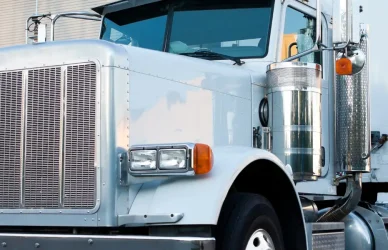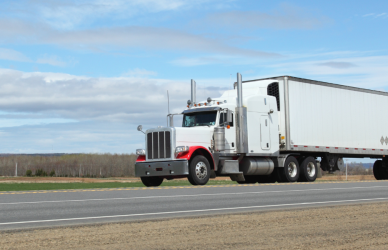In the vast and dynamic landscape of trucking, drivers often find themselves at a crossroads when it comes to choosing between driving for a small carrier or a larger one. Both options come with their own set of advantages and challenges, and understanding the differences can be crucial for making informed decisions. Let’s delve into the intricacies of each to help truck drivers navigate their career paths more effectively.
Flexibility vs. Stability:
Small carriers typically offer greater flexibility in terms of routes, schedules, and operations. Drivers may have more autonomy to negotiate their assignments and adapt to changes on the fly. This can be appealing for those who value independence and variety in their work.
On the other hand, larger carriers often provide more stability and consistency. With established networks and resources, they can offer steady workloads, reliable routes, and fixed schedules. This can be reassuring for drivers seeking predictability and stability in their careers.
Personalized Support vs. Institutional Resources:
Small carriers tend to offer more personalized support and closer relationships between drivers and management. This means easier access to decision-makers, faster problem resolution, and a greater sense of camaraderie within the team. Drivers may feel more valued and appreciated for their contributions.
In contrast, larger carriers boast institutional resources and infrastructure that can enhance efficiency and scalability. They may offer advanced technology, comprehensive training programs, and robust support systems. While the personal touch may be less pronounced, drivers can benefit from the professionalism and resources of a well-established organization.
Pay and Benefits:
Pay structures and benefits can vary significantly between small and large carriers. Small carriers may offer competitive pay rates and incentives to attract and retain drivers. Additionally, they may provide more flexibility in negotiating compensation packages based on individual preferences and performance.
Larger carriers often have standardized pay scales and benefits packages, which may include health insurance, retirement plans, and bonuses. While the overall compensation may be less negotiable, drivers may benefit from economies of scale and additional perks offered by larger organizations.
Company Culture and Atmosphere:
Company culture can play a significant role in a driver’s satisfaction and sense of belonging. Small carriers often foster a tight-knit community atmosphere, where drivers feel like part of a family. Communication channels are more direct, and there’s a greater sense of camaraderie among team members.
In contrast, larger carriers may have a more corporate culture, with hierarchical structures and formal protocols. While this can provide a sense of professionalism and stability, it may feel less personal and intimate compared to the close-knit environment of a smaller company.
Ultimately, the decision to drive for a small carrier or a larger one boils down to individual preferences, priorities, and career goals. Each option offers its own unique blend of advantages and challenges, and what works best for one driver may not necessarily work for another.
Whether you prefer the flexibility and personal touch of a small carrier or the stability and resources of a larger one, it’s essential to weigh your options carefully and consider factors such as pay, benefits, company culture, and career advancement opportunities.
By understanding the differences between small and large carriers, truck drivers can make informed choices that align with their needs and aspirations, ensuring a fulfilling and rewarding career on the open road.











